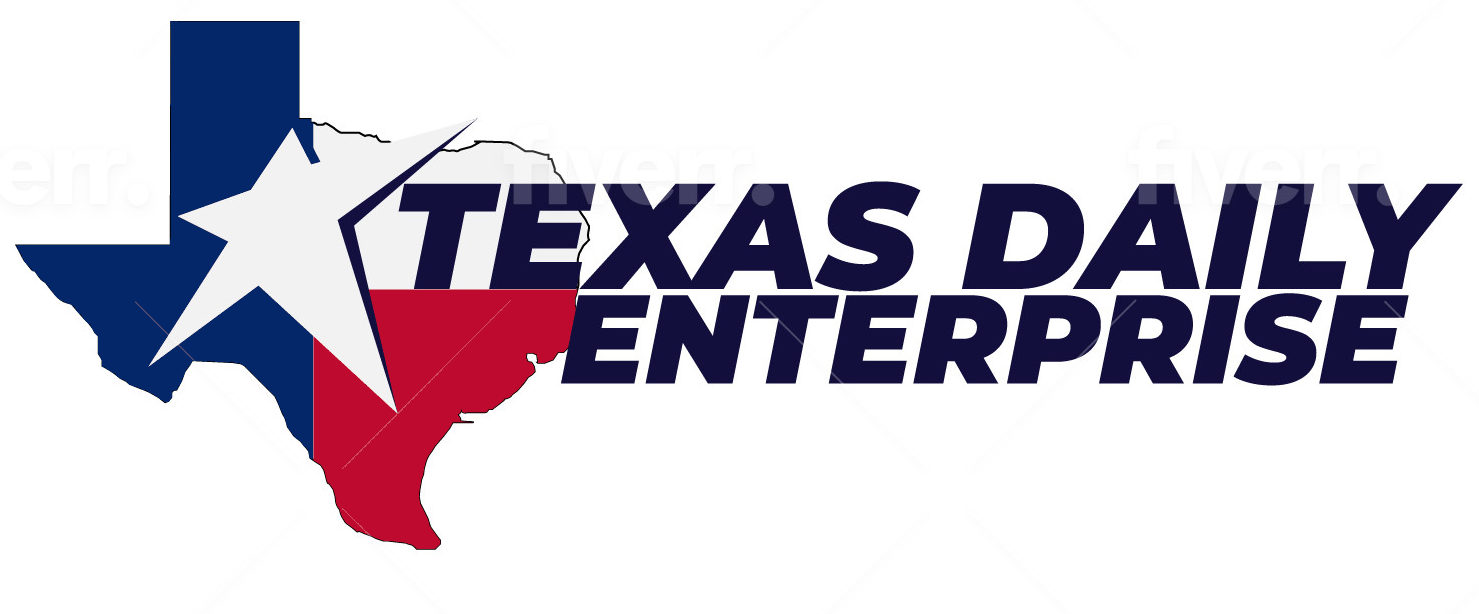Three Ways to Make Your Brand Disaster-Proof
How resilient is your company brand?
Could it survive two employees who decide to videotape themselves doing disgusting things with the food in your restaurant’s kitchen? Ask Domino’s Pizza how that feels.
Three corporate brand chiefs recently got together to share tips on how organizations foster brands that survive crises.
Allison Dew, director of the Global Insights Group at Dell, Andrew Springate, senior vice president of marketing at the Dr. Pepper Snapple Group, and Jonathan Copulsky, chief marketing officer of the Global Strategy & Operations practice at Deloitte Consulting, and author of the forthcoming book “Brand Resilience: Managing Risk and Recovery in a High-Speed World,” highlighted three ways executives can give their brand bounce-back strength:
1. Get Your Own Employees on Board First
As the tsunami wave of a brand crisis hits it is too late to rally the troops with training on how to respond. Copulsky encourages his clients to galvanize their brand troops before trouble strikes. “They are the first line of defense, and are often the first to sense problems.”
Dew focuses on training and openness about the goals of the company. “If you know who you are as a company, you are less likely to act like a headless chicken in a crisis situation, even if you haven’t foreseen the cause.”
2. Listen and Respond
As the Snapple brand began to lose consumer relevance, Springate says the company turned to customers to find out why. “We realized that what was once considered healthy was no longer considered healthy,” he says. “People didn’t want to drink high fructose corn syrup, or teas that weren’t made with real tea.” The company revamped the product line, reduced the number of offerings by 25 percent and watched their brand relevance rebound.
“It isn’t easy to recognize the need for change, or to respond dramatically,” he points out. “There are certain processes and efficiencies in a company that argue against change. For example, using real sugar costs more, but you must be willing to overcome those arguments.”
3. Treat Brand as a Valuable Asset of the Firm
Copulsky jokes that brand-building is often treated by executives as “number ten on the list of top five priorities.” His team at Deloitte Consulting studied 200 annual reports and found only a handful that addressed brand value, demonstrating a widespread lack of appreciation for the financial implications of brand perception and reputation. He points out that the company brand is a strategic investment that enables premium pricing, customer advocacy and easier entry into new markets.
Dell measures brand strength with the same level of discipline as financials. “We quantify our brand every quarter and report that number alongside volume, revenue and gross margins,” Dew says. Her experience is that few companies give brand this level of attention, and she admits that it has been a long, slow process at Dell. “There are still those who will say, ‘You haven’t proven to me that brand has a financial return.’”
As for Domino’s Pizza, Copulsky points out that the company responded quickly to the prank video, and their new Pizza Turnaround initiative has made the company the fastest growing fast food chain right now.
In the words of an Accenture ad linked to another well-known brand crisis, “It’s what you do next that counts.”
Takeaways
- Once a crisis hits is too late to start training employees in how to respond
- Ask your customers why they start shying away from your brand, if there’s no obvious reason
- Your brand is a valuable asset that should be nurtured
Dew, Springate and Copulsky participated in Brand Resilience, a roundtable held on Nov. 18, 2010, and sponsored by the Center for Customer Insight and Marketing Solutions at the McCombs School of Business.

He writes primarily on topics of innovation, competition and human behavior in the world of business, but will willingly wander into any topic.
A graduate of the MBA program at The University of Texas at Austin, Wenger loves the fact that he can now converse with the distinguished faculty members at the school without worrying about a grade.
